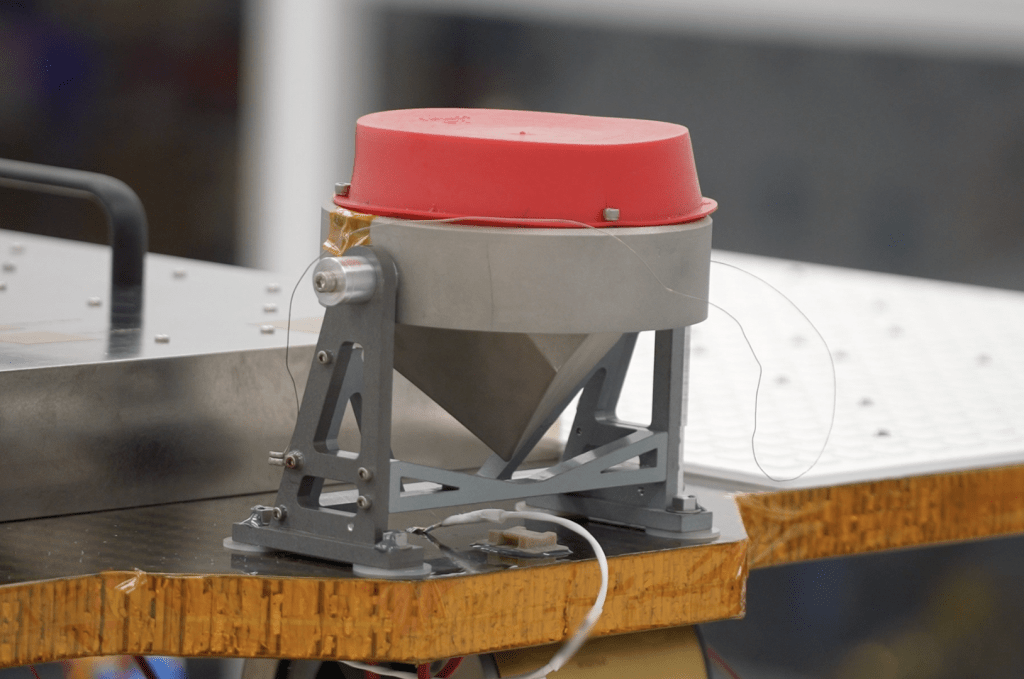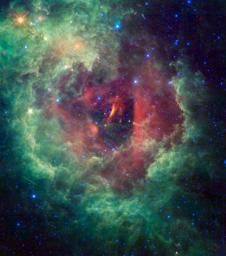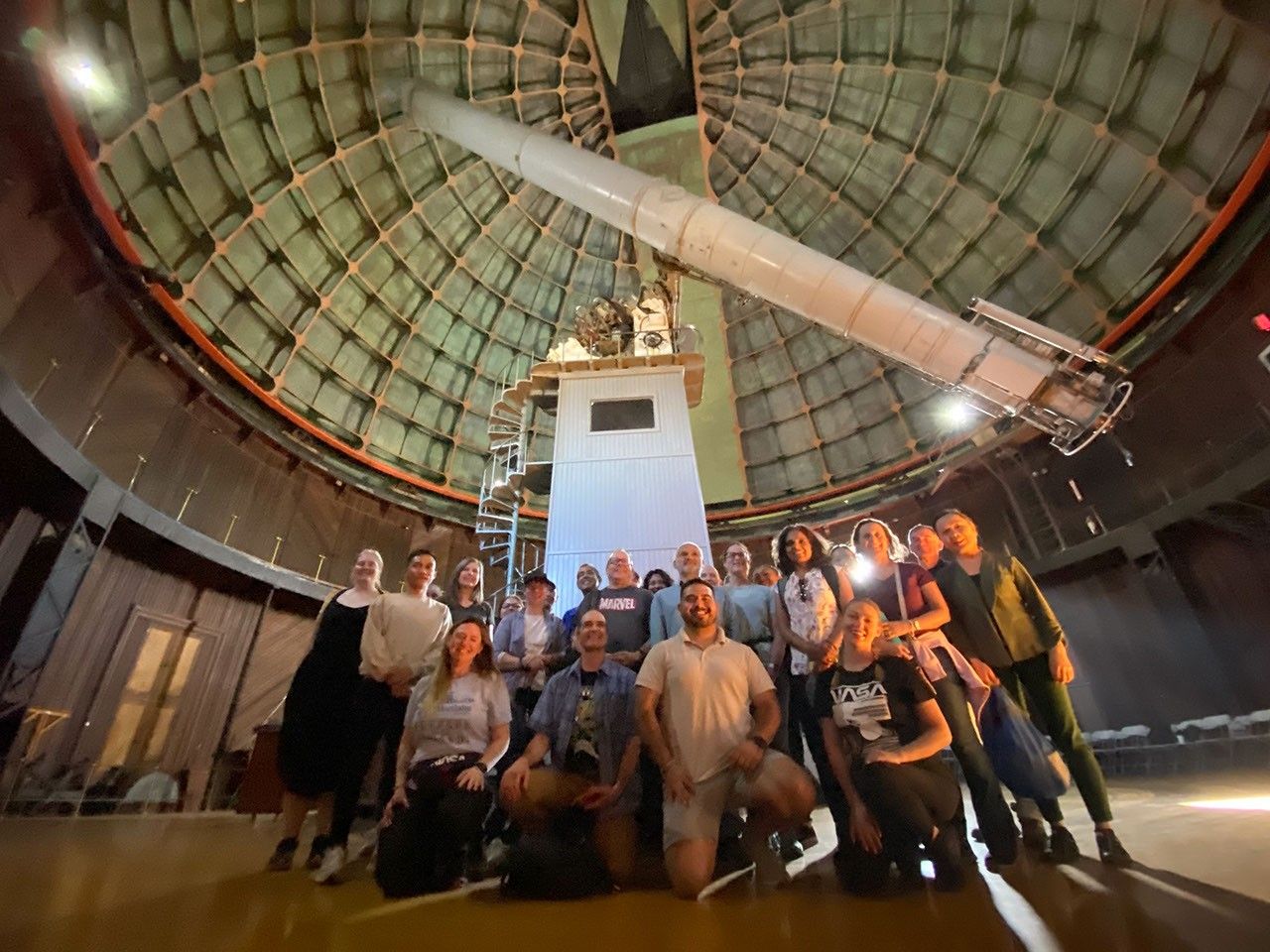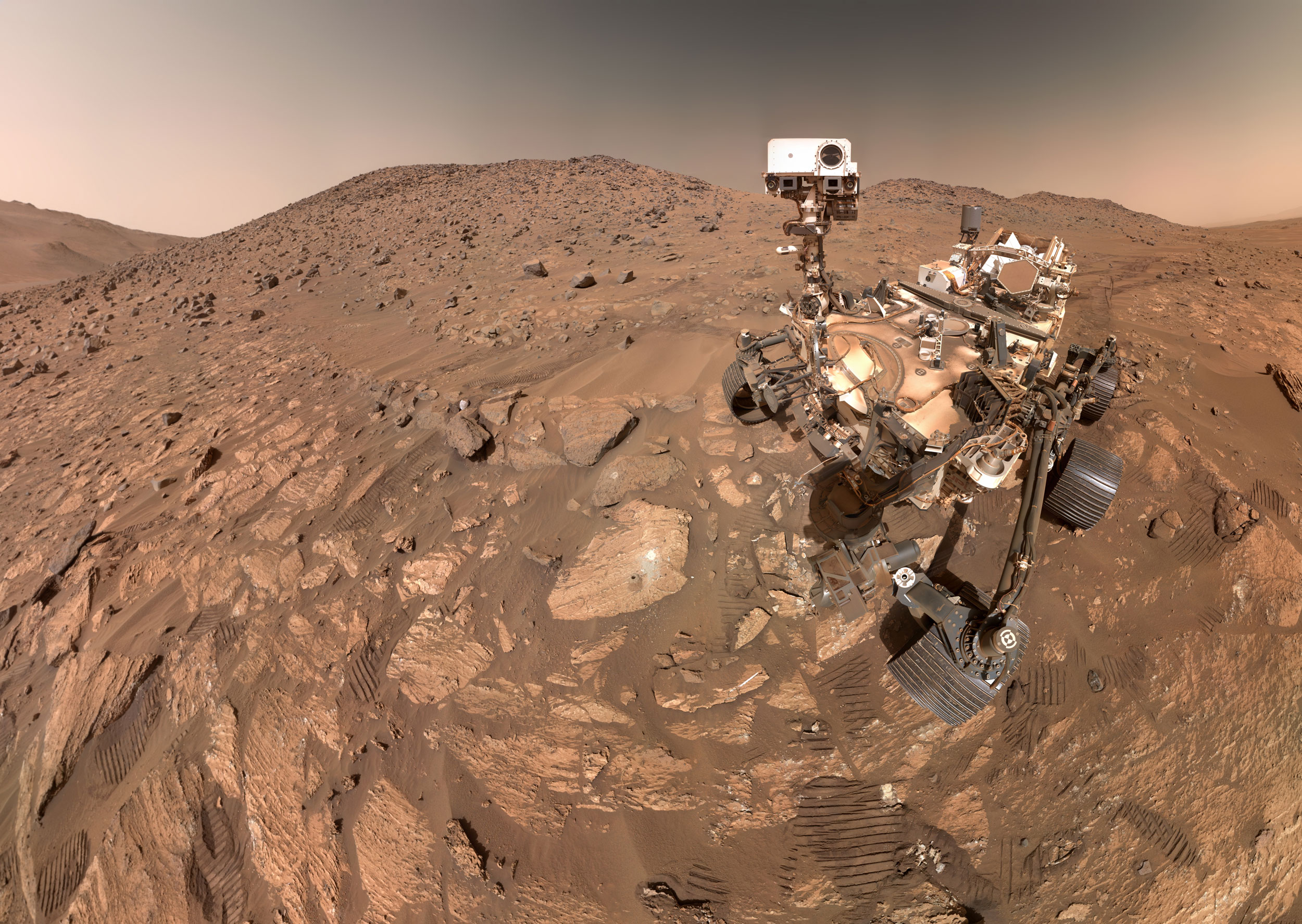Sergio Pellegrino
California Institute of Technology
ESI 2016 Pellegrino Quad Chart
Segmented primary mirrors are a key element in the design of next generation large aperture UV/Optical/IR space telescopes. To enable high quality science, precise control of primary mirror segment shapes and positions, as well as suppression of vibration modes associated with spacecraft and instrument operations will be required. Ambitious science, such as the use of coronagraphs for the direct imaging of earth-sized exoplanets, will require very small spatial wavefront errors with extremely low temporal variations, beyond the anticipated achievements of the JWST. The impact of wavefront error, as well as diffraction due to primary mirror segment edges and secondary mirror obscurations, on the PSF, contrast and inner working angle of space-based coronagraphic instruments are some of the primary technical challenges. Current coronagraph designs include small, high-speed deformable mirrors and beam steering devices to maintain wavefront integrity and stability. We propose to demonstrate highly active lightweight primary mirror segments with direct high-speed sensing and control of vibration-induced shape deformatio. This will allow the inclusion of the primary mirror directly in the wavefront stabilization loop. Such highly active mirror segments can also be used for low temporal frequency applications; we propose to investigate their potential as a tool for manipulating diffracted light due to segment gaps and obscurations by exploring optimal actuator shape, density, distribution and control. The first objective of the proposed effort is to implement distributed in-situ sensing of deformation using the signal induced by deformation of piezo-electric material, and use that signal in a high-speed shape control loop to reduce and stabilize wavefront error. A single segment in a simple prime-focus optical system will demonstrate the difference in focal plane PSF with and without control when the segment is subjected to excitation from an external vibration source. The second objective will be to optimize the actuator patterns and tile several primary mirror segments in the same optical test bed to demonstrate the impact of phasing and edge control on diffracted light distribution at the focal plane.




























